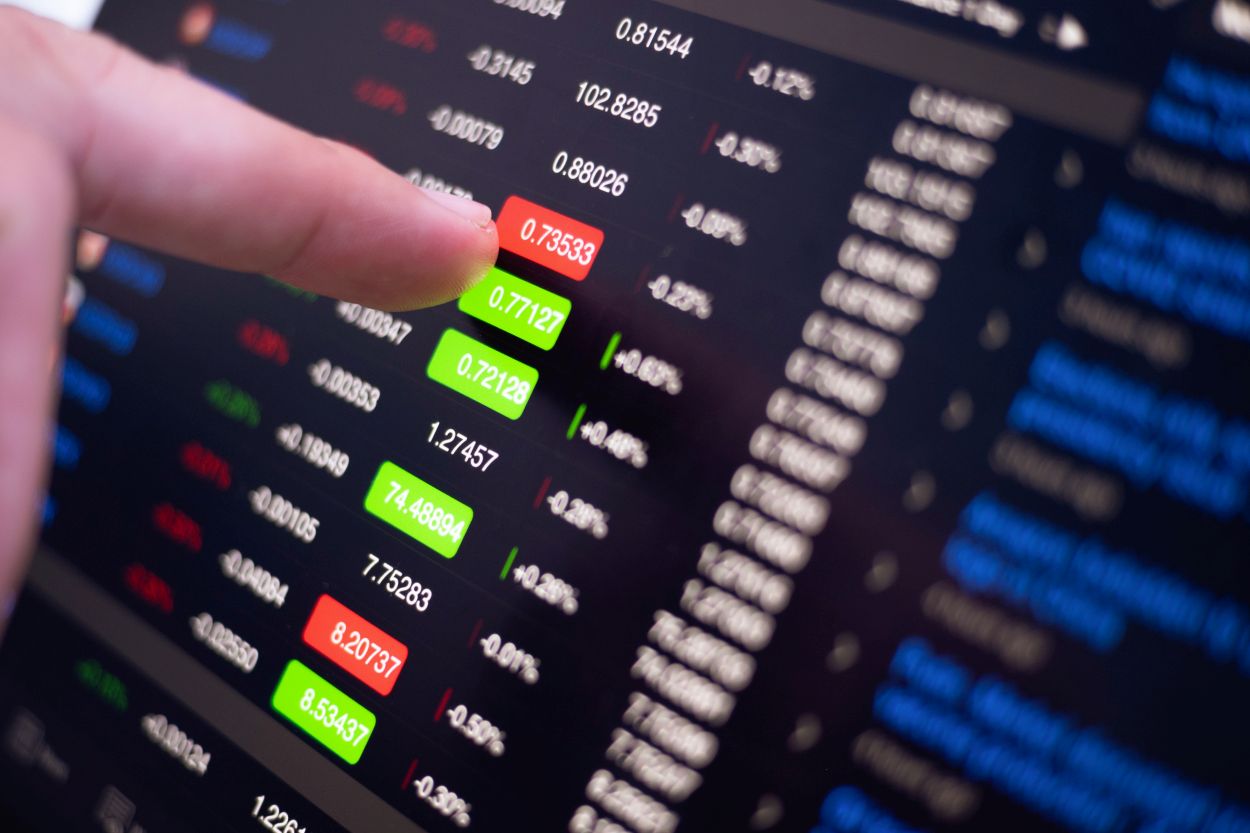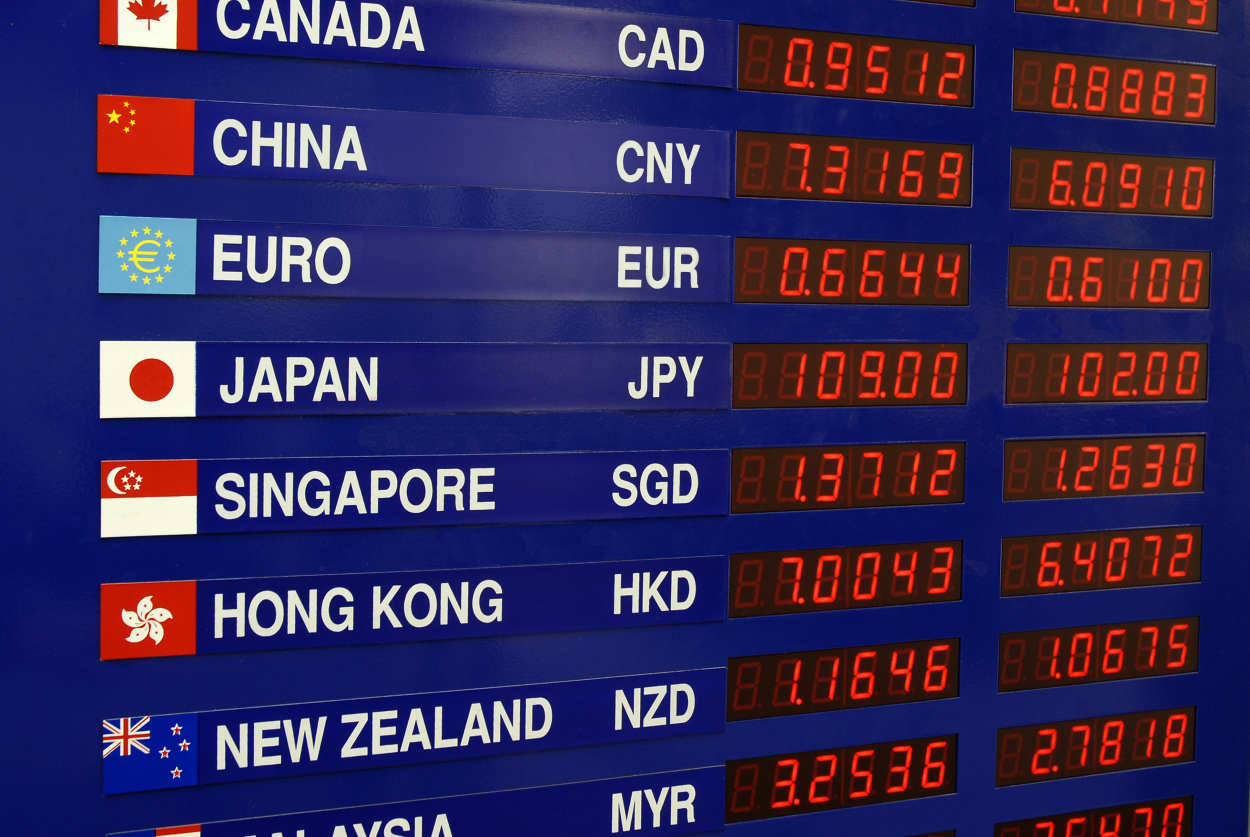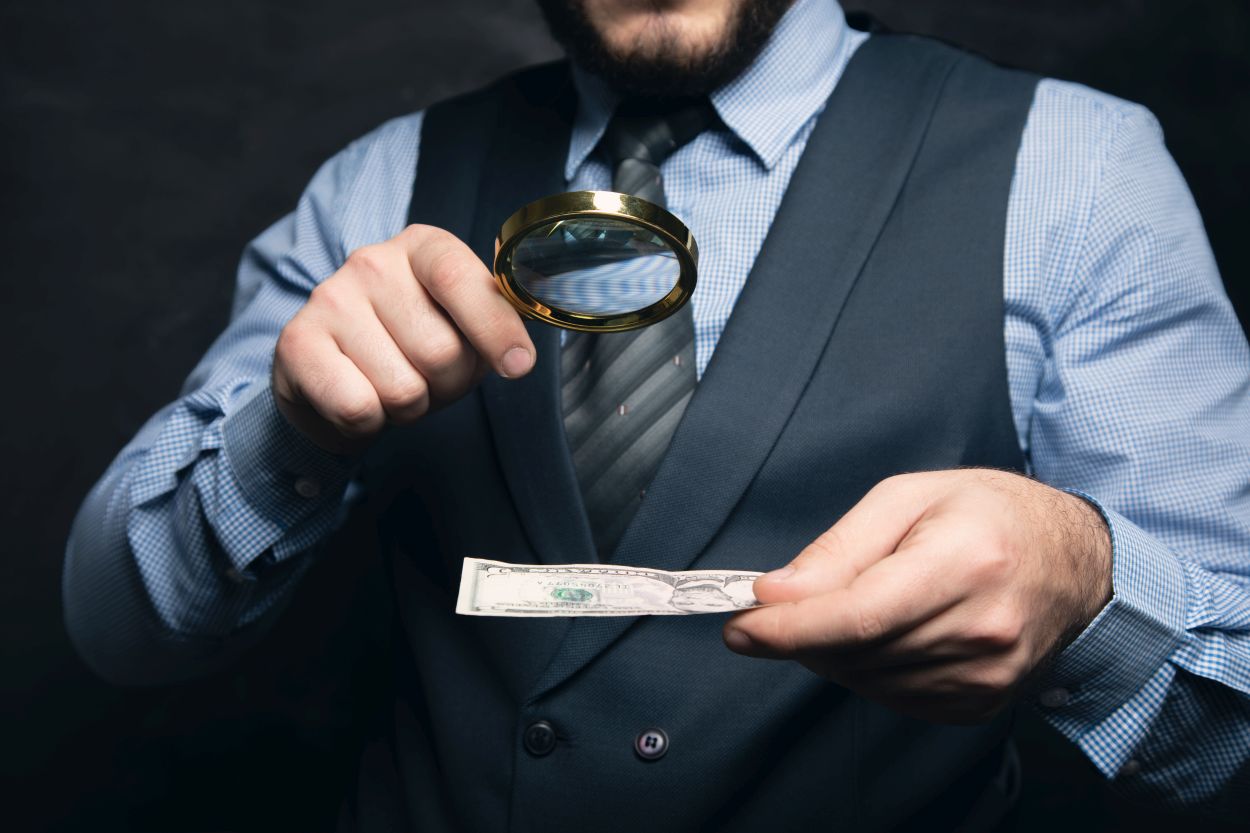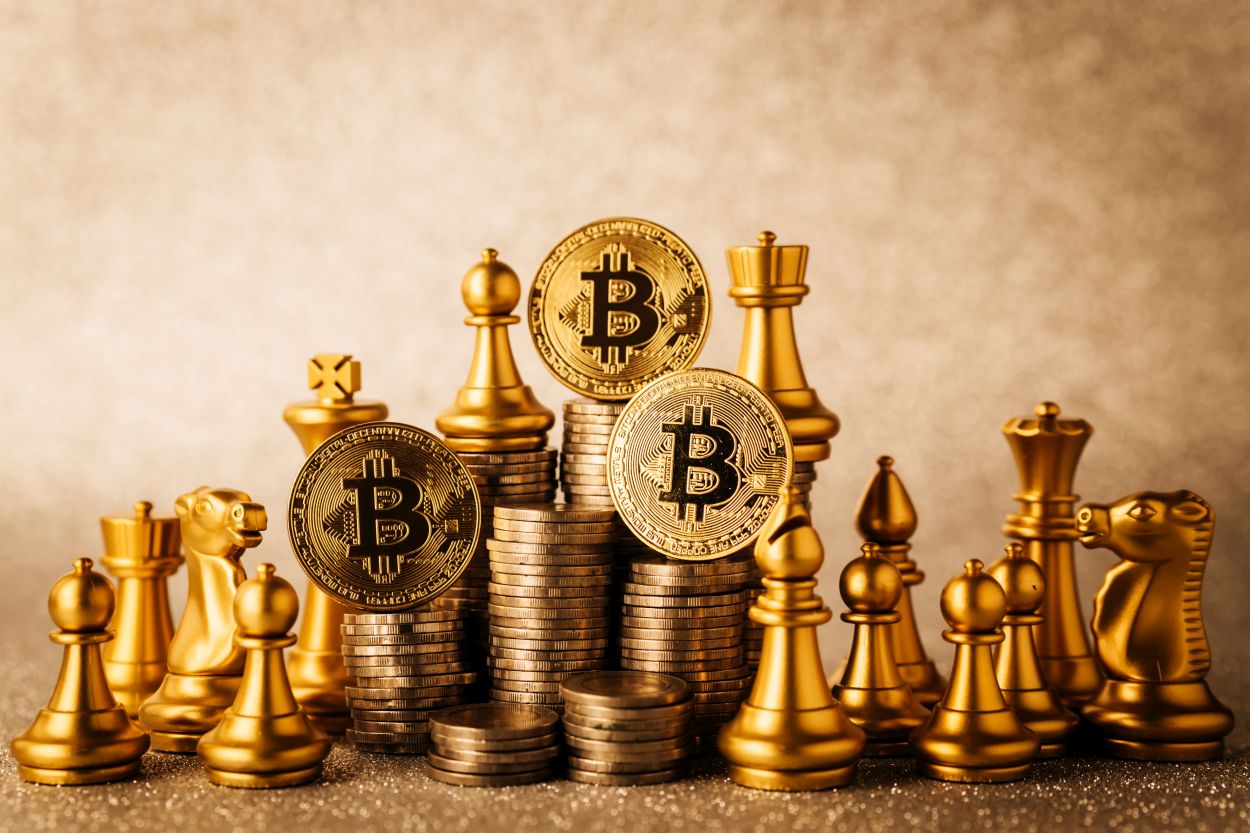Hedge funds and investment banks are waiting for the continued strengthening of the dollar. Catalysts range from Fed hawkishness to global recession
The dollar still has room to rise, and those who stand in its way risk being taken aback by its unstoppable power. This is the opinion of hedge funds and investment banks from New York to Melbourne. Bloomberg dollar index. reflecting the value of the world’s main reserve currency, has overcome the peak of the pandemic and set a new record.
Potential catalysts are numerous and lie on both sides of the dollar smile argument, a theory that suggests that the US currency can benefit both in times of strong economic growth and in times of economic recession. Investors say it may only be a matter of time before anything from a hawkish Federal Reserve to a global recession pushes the dollar higher.
„Don’t fight it, it’s not the time to take a stand against a stronger dollar,” said George Bubouras, head of research at Melbourne-based hedge fund K2 Asset Management, who expects the dollar to rise against everything from emerging market currencies to the euro. „You can’t predict when recession risks will materialize in full in developed markets – it’s too hard to go short the dollar anytime soon.”
Bubouras is one of the many participants in the dollar bull parade.
Bank of America expects the US currency to continue to strengthen through the end of the year as the Fed raises rates to fight the worst inflation in decades. Citigroup Inc. says demand for the dollar and the currency’s outstanding reserve status remain unprecedented, while Goldman Sachs Group Inc. sees a strong dollar rally against emerging peers such as the Brazilian rial and the South African rand.
“The earliest we can see a reversal is in Q4 22 when the Fed will potentially move from autopilot to more reliance on data and there will be some consistent improvement in China’s growth,” said Adarsh Sinha, strategist at BofA. “Until then, the path of least resistance remains the growth of the US dollar.”
Investor sentiment remains firmly bullish but far from extreme levels, according to data compiled by the Commodity Futures and Trading Commission. An indicator of cumulative net non-commercial futures positions against major peers shows about $16 billion in bullish bets, up from nearly $36 billion in mid-2019.
Defeated competitors
The Bloomberg dollar index is already up 10% this year, a rise that has left a trail of devastated peers in its wake.
The yen fell to a new 24-year low, while the euro fell below parity for the first time in two decades after US inflation data again beat expectations on Wednesday. Virtually every emerging market currency monitored by Bloomberg has been down against the US dollar this year.
“It looks like the current dollar strengthening phase will continue for some time — at least until the Fed signals that aggressive tightening is no longer necessary,” said Wai Ho Leong, strategist at hedge fund Modular Asset. management in Singapore. „We may be approaching this tipping point, but it’s hard to say when this shift will occur.”
Dollar strength
Of course, not everyone is betting that the dollar’s strength will last long. Thomas J. Hayes of hedge fund Great Hill Capital LLC thinks the currency will fall by the end of the year. A big catalyst would be a policy change by the Bank of Japan that would lift the yen, the New York-based fund chairman said.
But until then, few investors seem willing to stand in the way of a rising dollar. Case in point: The ICE U.S. dollar index, a metric that only compares a currency to developed peers, has already passed its pandemic peak and is trading at close to its strongest level in two decades.
“Long live the king of the US dollar,” Citi strategists including Jamie Fahey wrote in a note on Wednesday. “Until the Fed goes dovish or global growth expectations bottom out, the dollar will remain king.”




